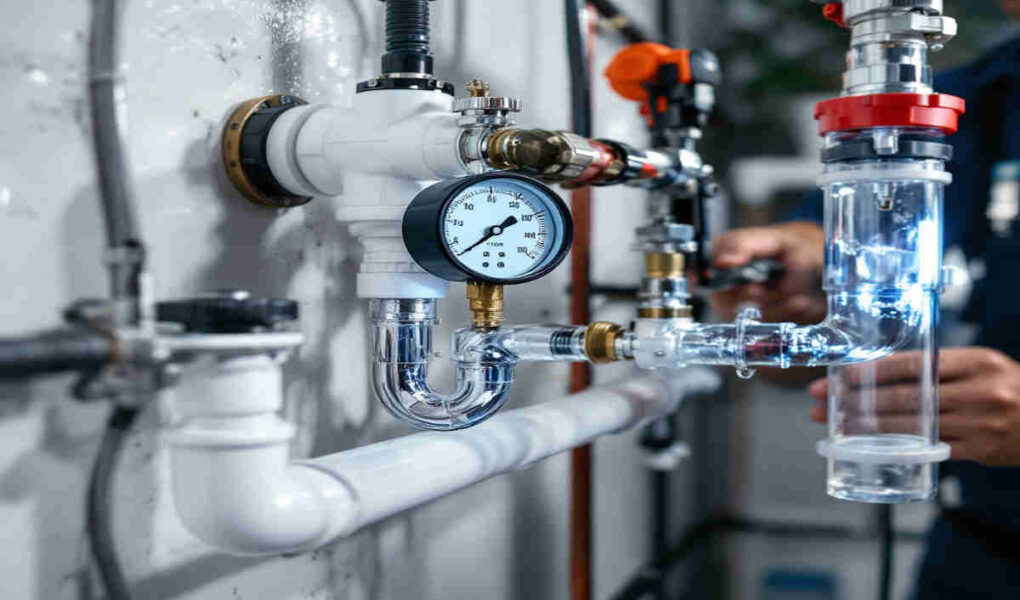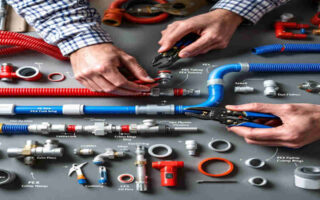When maintaining your home, plumbing often takes a backseat—until something goes wrong. Plumbing issues, such as hidden leaks, can escalate quickly, leading to costly repairs, water damage, and even structural problems. One effective way to detect these issues early is through a static test, also known as a hydrostatic test. But what is a static test for home plumbing, and where should it be conducted.
Introduction: What is a Static Test for Home Plumbing?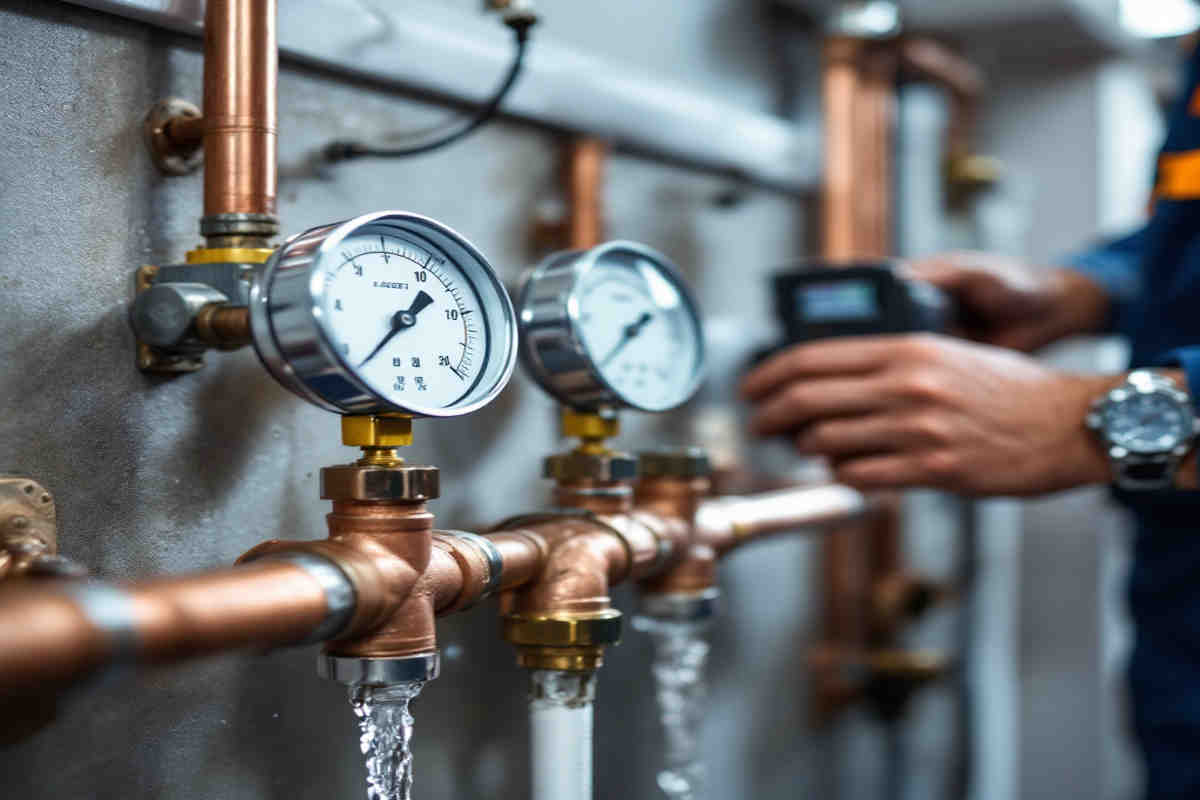
Plumbing systems are the lifeline of any home, ensuring water flows efficiently to faucets, appliances, and drains. However, pipes can degrade, crack, or develop leaks over time. This is where static testing comes in—an essential tool to assess the integrity of your plumbing system.
A static test is a type of plumbing inspection that helps detect leaks, especially in areas like drainpipes under your home’s foundation (slab). By sealing off sections of the plumbing and monitoring water levels, homeowners and plumbers can determine if leaks exist and where they occur.
Static tests are crucial because they not only prevent costly water damage but also protect the structural integrity of your home. In this article, we’ll explore where to conduct a static test in your home plumbing, when necessary, and how to prepare for it.
Understanding Static Testing in Home Plumbing
To fully grasp the importance of static testing, let’s break it down step by step.
What Is Static Testing?
Static testing, often called hydrostatic testing, checks the plumbing system for leaks. Unlike dynamic tests, which involve running water through the pipes under pressure, static tests involve sealing off sections of the plumbing and filling them with water to see if the water level drops. Any drop in water level indicates the presence of a leak.
How Is Static Testing Different From Other Plumbing Tests?
While other plumbing tests (like pressure tests) focus on the supply lines that carry water to your faucets and appliances, static testing is primarily used to inspect drainpipes. These pipes, often located beneath the slab foundation of your home, are prone to hidden leaks that can go unnoticed for years. Static testing is particularly effective for detecting these issues.
Why Is Static Testing Important?
Static testing serves multiple purposes:
- Leak Detection: It identifies leaks in hard-to-access areas, such as under the foundation.
- Pipe Integrity: It ensures that your plumbing system functions correctly and prevents significant damage.
- Home Protection: By catching leaks early, you can avoid water damage, mold growth, and structural issues.
Signs You Need a Static Test
Here are some common indicators that a static test might be necessary:
- Unusually high water bills.
- Damp spots on floors or walls.
- Mold or mildew growth in unexpected areas.
- Low water pressure or slow drainage.
If you’ve noticed any of these signs, it’s time to consider static testing for your home plumbing.
When Should You Conduct a Static Test?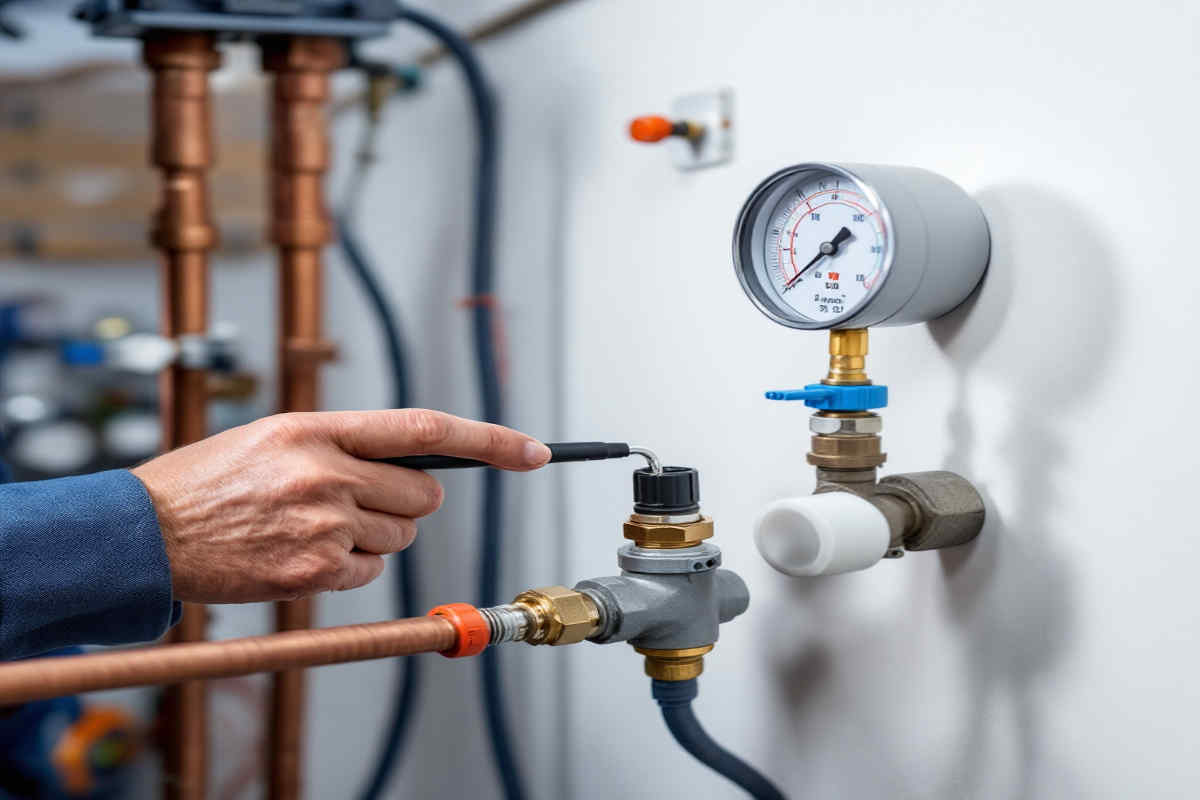
Knowing when to perform a static test is as important as understanding how it works. Here are some situations where static testing becomes essential.
You may also read (tenant home plumbing).
Before Buying a Home
When purchasing a new home, you want to ensure the plumbing system is in good condition. A static test can uncover hidden leaks that might not be visible during a standard home inspection.
After Foundation Repairs or Plumbing Work
If your home has recently undergone foundation repairs or major plumbing work, performing a static test is a good idea. These activities can sometimes disturb the plumbing system, leading to leaks.
When Symptoms of Leaks Appear
If you notice any of the warning signs mentioned earlier (e.g., damp spots, mold, or high water bills), conducting a static test can help confirm the presence of leaks.
Risks of Ignoring Leaks
Neglecting leaks, especially those beneath the slab foundation, can lead to:
- Structural damage to your home.
- Costly repairs for water-damaged areas.
- Health hazards due to mold and mildew growth.
You can avoid these potential issues by acting promptly and conducting a static test.
Where to Conduct a Static Test in Your Home Plumbing?
Now that we’ve covered the basics, let’s dive into the most critical part of this guide—where to conduct a static test in your home plumbing system.
Primary Location: Under the Home’s Slab (Foundation Plumbing)
The most common and crucial area for static testing is the drainpipes beneath your home’s slab foundation. These pipes are responsible for carrying wastewater away from your home, and leaks here can cause significant damage to your foundation over time.
You may also read (home plumbing systems).
Why Focus on Slab Plumbing?
- Hidden Leaks: Leaks under the slab are often invisible but can cause significant structural issues.
- Costly Repairs: Undetected leaks can lead to foundation movement or cracks, which are expensive to fix.
- Access Points: The plumbing cleanout access points (e.g., two-way or perimeter cleanouts) make this area ideal for static testing.
How Is the Test Performed?
- Insert the Test Ball: A test ball is inserted into the cleanout to seal off the pipe.
- Inflate the Test Ball: The ball is inflated to create a watertight seal.
- Fill the System with Water: Water is added until it reaches the slab level.
- Monitor Water Levels: Water levels are monitored for 15-20 minutes without using water in the home.
- Interpret Results: The system is sound if the water level remains steady. A drop in water level indicates a leak.
Secondary Locations for Static Testing
While the slab foundation is the primary focus, there are other areas where static testing can be helpful:
- Water Supply Lines: Though more commonly tested with pressure tests, static testing can detect leaks in these lines.
- Accessible Plumbing Sections: Areas like crawl spaces or exterior plumbing lines can also be tested for leaks.
How to Prepare Your Home for a Static Test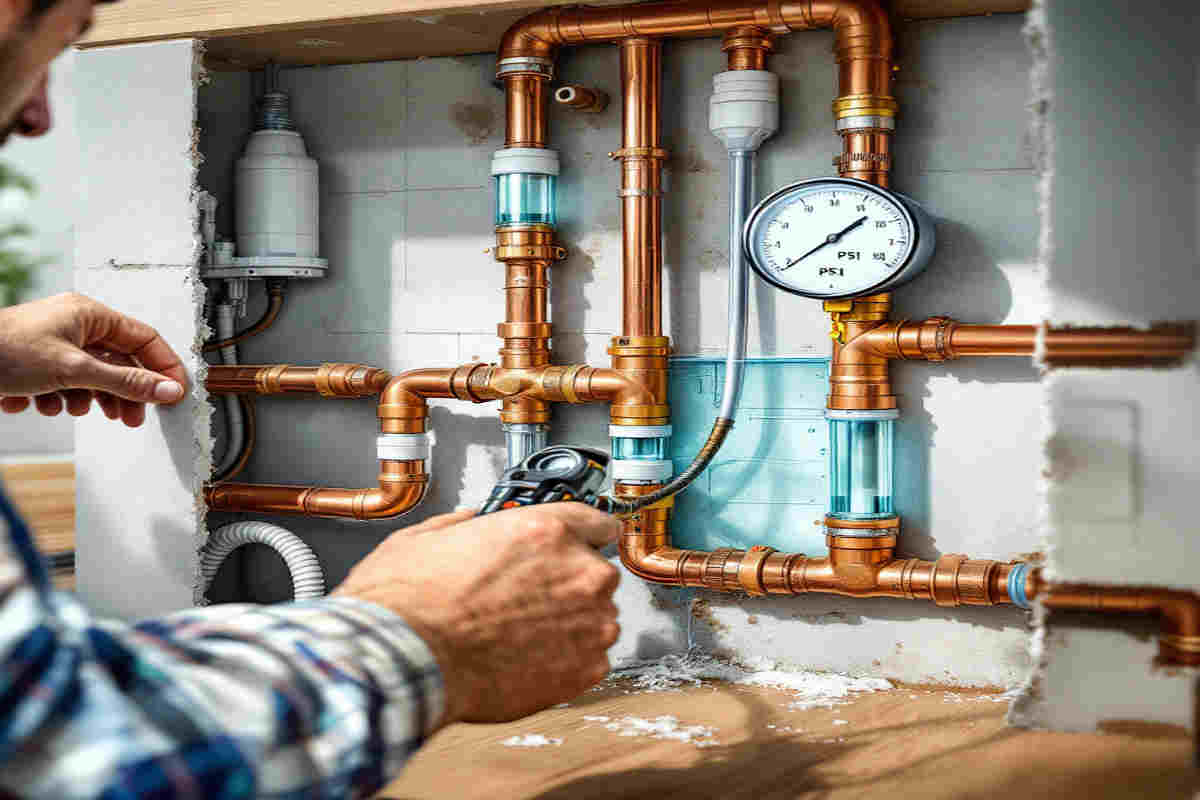
Before conducting a static test, preparing your home to ensure accurate results is essential.
Steps to Prepare:
- Avoid Using Water: Refrain from using water during the test to prevent false readings.
- Turn Off Appliances: Switch off appliances like dishwashers and washing machines.
- Inform Family Members: Let everyone in the household know about the test to avoid accidental water use.
Why Professional Assistance Matters
Static testing requires specialized Equipment and expertise. Hiring a professional plumber ensures the test is conducted accurately and safely.
What Happens After a Static Test?
The results of a static test will determine the next steps.
Possible Outcomes:
- No Leaks Detected: The plumbing system is in good condition.
- Minor Leaks Detected: A slow water drop indicates minor issues.
- Major Leaks Detected: A rapid water drop or failure to fill signals major leaks.
Next Steps:
- Isolation Testing: To pinpoint the exact location of the leak.
- Camera Inspection: To visually identify the problem area.
- Repairs: Repairs may involve re-piping or slab leak repair methods, depending on the severity.
Timely repairs are crucial to prevent further damage and maintain the integrity of your home.
Benefits of Conducting Regular Static Tests
Here’s why regular static testing is a wise investment:
- Protect Your Home’s Foundation: Prevent structural damage caused by undetected leaks.
- Save Money: Catching leaks early reduces repair costs.
- Peace of Mind: Ensure the plumbing system is sound before buying or selling a home.
- Improve Efficiency: Detect and fix leaks to optimize water usage.
- Non-Invasive: Static testing is minimally disruptive compared to other inspection methods.
You may also read (cap off home plumbing).

